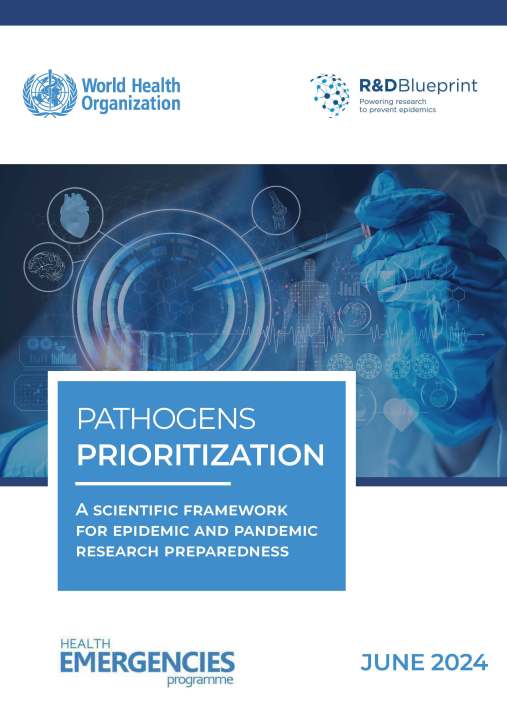AUSTIN (KXAN) — Scientists are gearing up for the next pandemic. This month, the World Health Organization released its R&D Blueprint, listing the pathogens they think should be prioritized ahead of the next outbreak.
“There’s a finite amount of resources, and so we have to try to prioritize research on those families of viruses most likely to cause the next pandemic, while also still realizing that we could be surprised by a low probability event,” said Jason McLellan, a professor of Molecular Biosciences at the University of Texas.
The report highlights more than two dozen virus families and bacteria that could cause an epidemic. It breaks them down by the likelihood of a dangerous pandemic and prioritizes them.
McLellan, who contributed to the report, says the virus includes things like the coronavirus, influenza and smallpox.
Smallpox was eradicated from the population after vaccines were developed in the 1900s. According to the World Health Organization, the virus is included on the list due to that the risk of samples being released into the general public and the lack of vaccinations among younger people.
Other viruses included on the 2024 R&D Blueprint include:
- MERS
- Dengue
- Monkeypox
- Nipah
How researchers will use the list
McLellan said the list breaks viruses down by families, not individual viruses. However, it does direct researchers towards “prototype pathogens.”
“Those are viruses that we think are pretty representative of that viral family,” McLellan said.
By focusing on these prototype pathogens, research can be applied to variations within a family. This is essentially how we developed the SARS-COVID-19 vaccine as quickly as we did.

According to McLellan, two SARS outbreaks in 2002 and 2012 drove scientists to begin research on the COVID-19 vaccine. McLellan’s own work was used in the development of that vaccine.
“You had two spill over events into the human population 10 years apart. And we thought, well, that’s likely not the end of it,” McLellan said.
The last time the WHO released the report was in 2018. The coronavirus was included in the report then.
Typical vaccine development takes five to ten years, according to the Centers for Disease Control. The COVID-19 vaccine was developed in less than a year.
